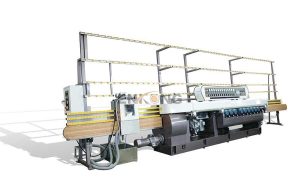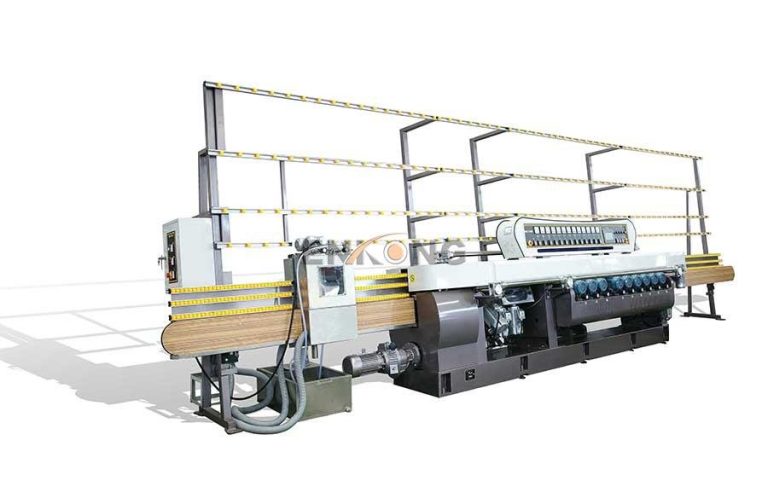Retaining walls serve essential functions in landscaping, providing structural support, preventing soil erosion, and creating level terraces on sloped terrain. However, the key to a durable and long-lasting retaining wall lies in its foundation. Building a sturdy foundation is crucial for ensuring the stability and integrity of the wall, especially in areas with challenging soil conditions or significant water runoff. Discover the essentials of constructing Returning walls foundation that withstand the test of time.
1. Site Assessment:
- Soil Type: Evaluate the soil composition and characteristics of the site to determine its bearing capacity, drainage capabilities, and susceptibility to erosion. Conduct soil tests to identify potential issues such as clay content, compaction, or groundwater levels that may affect foundation stability.
- Slope Stability: Assess the slope gradient and surrounding topography to identify potential risks of soil movement, landslides, or water runoff. Consider factors such as rainfall intensity, groundwater flow, and vegetation cover when planning the location and design of the retaining wall.
2. Foundation Design:
- Excavation: Prepare the foundation by excavating the soil to the required depth and width, ensuring a stable base for the retaining wall. Remove any organic matter, debris, or unstable soil layers to create a firm foundation that can support the weight of the wall and withstand lateral pressure.
- Compaction: Compact the soil thoroughly using mechanical compactors or hand tools to achieve optimal soil density and stability. Compact in layers, adding and compacting soil incrementally to minimize voids and ensure uniform support across the foundation.
- Drainage: Install appropriate drainage features such as gravel or crushed stone backfill, perforated pipes, or drainage blankets to manage groundwater and surface water runoff effectively. Proper drainage prevents water buildup behind the retaining wall, reducing hydrostatic pressure and minimizing the risk of erosion or structural failure.
3. Material Selection:
- Concrete Footings: Construct concrete footings or slabs to provide a solid base for the retaining wall, distributing the weight evenly and anchoring the wall to the ground. Reinforce footings with steel rebar or mesh for added strength and stability, especially in areas prone to soil movement or seismic activity.
- Geogrid Reinforcement: Incorporate geogrid or geotextile reinforcement layers within the soil backfill to increase frictional resistance and improve soil stability. Geogrids help distribute lateral forces more evenly throughout the wall, reducing the risk of bulging, cracking, or overturning.
- Masonry Blocks or Concrete Panels: Choose durable and weather-resistant materials such as concrete blocks, interlocking bricks, or prefabricated concrete panels for constructing the retaining wall. Ensure proper alignment, leveling, and anchoring of wall components to maintain structural integrity and prevent settlement or displacement over time.
4. Construction Techniques:
- Layered Construction: Build the retaining wall in horizontal layers, starting from the base and working upward, to ensure proper alignment and stability. Use a string line or level to maintain consistent height and alignment across the wall.
- Backfill Compaction: Compact the backfill material behind the retaining wall in thin layers to minimize settlement and improve soil stability. Use compaction equipment or hand tampers to achieve the desired compaction density and prevent voids or air pockets.
5. Professional Consultation:
- Engineering Consultation: For large or complex retaining wall projects, consult with a qualified engineer or structural designer to assess site conditions, recommend suitable foundation designs, and ensure compliance with local building codes and regulations. Professional guidance can help mitigate risks and optimize the performance and longevity of the retaining wall.
By following these principles and practices for building retaining wall foundations, you can create sturdy and reliable structures that withstand the challenges of time, weather, and terrain. Whether you’re constructing a small garden retaining wall or a large-scale terraced landscape, investing in a solid foundation is essential for the durability and stability of your project.




















+ There are no comments
Add yours